I've been working on a project where I use Bezier paths to draw the curves I need. Each basic shape in my project consists of three cubic Bezier curves arranged end to end so that the slopes match where they meet.
The basic problem I need to solve is whether the compound curve made of the three Bezier curves intersects with itself. After thinking about it for a while, I've figured out that given the constraints of the curves, I can simplify the task to something else:
The curvature of each of the three Bezier paths should be opposite in curvature direction relative to the curve it's abutted to. In other words, there should be an inflection point where one bezier curve abuts to another one. If that is not the case, I want to reject the parameter set that generated the curves and select a different set.
In any case, my basic question is how to detect whether there is an inflection point where the curves abut each other.
In the illustration, each of the three Bezier curves is shown using a different color. The left black curve curves in the opposite direction from the red curve at the point where they meet, but the right black curve curves in the same direction. There is an inflection point where the red and left black curve meet but not where the red and right black curve meet.

Edit:
Below, I've added another image, showing the polygon enclosing the Bezier path. The crossing lines of the polygon, shown in the black curve, tests for an inflection point, not a loop. I'm guessing that one curve intersecting another can be tested by checking whether the enclosing polygons intersect, as illustrated by the red and blue curves.

P.S. Since there has been some question about the constraints, I will list some of them here:
- The left most point and the rightmost point have the same y value.
- The x value of the control point of the leftmost point is less than
the x value of the control point of the rightmost point. This keeps
the black and blue curves from intersecting each other. - The slope at the leftmost and rightmost points is within about +/- 10 degrees of horizontal.
- The intersection of the black and red curves, and the intersection of the red and blue curves divide the full curve in approximately thirds. I don't have exact numbers, but a sample bound would be that the x value of the left end of the red curve is somewhere between 25% and 40% of the x value of the rightmost point.
- The y value of the points of intersection are +/- some small fraction of the overall width.
- The slope at the intersections is > 0.6 and < 3.0 (positive or negative).

